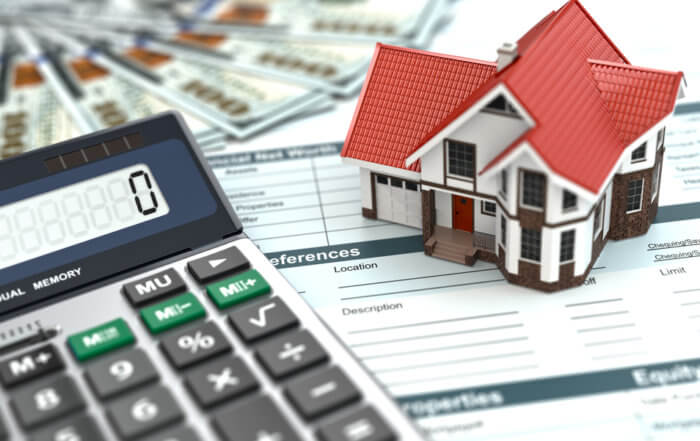Enhanced Reverse Mortgage Solutions, For The Retirement You Deserve
- Consolidate debt and payments, and start receiving a stream of tax free income from your home
- We eliminate Reverse Mortgage approval and appraisal fees, saving you between $1500 – $3000.
- Keep your home GUARANTEE for life or if you decide to move.*
Altrua Financial Certified Financial Planners (CFP) and Mortgage Brokers specialize in Reverse Mortgage debt consolidation and tax-free income while adding extras including fee reimbursement, retirement planning, and lender rate comparison for your best retirement.

Click to Book an Appointment Or Call 1-877-248-9210 to Talk to a Specialist Now
What is a Reverse Mortgage?
A reverse mortgage is a type of borrowing available to Canadian seniors that does not require repayment. The funds can be loaned to you as a one time transaction to pay off debts, or can provide a steady income stream years into the future, to help cover regular living expenses.
At Altrua Financial we enhance the reverse mortgage approval by sourcing the best interest rate, cover approval fees, and even provide a bonus cash back gift on closing. We provide extra advice and more value with the aim of being Canada’s reverse mortgage source of choice.
How does a reverse mortgage work?
Why get a Reverse Mortgage?
Click to Book an Appointment Or Call 1-877-248-9210 to Talk To A Specialist Now
Included with the Altrua Financial Reverse Mortgage
- Recommendation of best Reverse Mortgage lender in Canada, with the lowest rates
- We can cover the cost of set up fees, appraisal and legal fees
- Provide a bonus cash back gift of up to $2500 after closing
- Optional planning for retirement income, retirement benefits and tax reductions
- Unlimited long term availability for questions and changes as needed
We take care of all the details so you don’t have to. In just minutes get pre-approved for a life changing financial strategy.
Book a No Obligation Call
*Keep your house GUARANTEE assumes property is maintained in reasonable condition, and property taxes are kept up to date.




